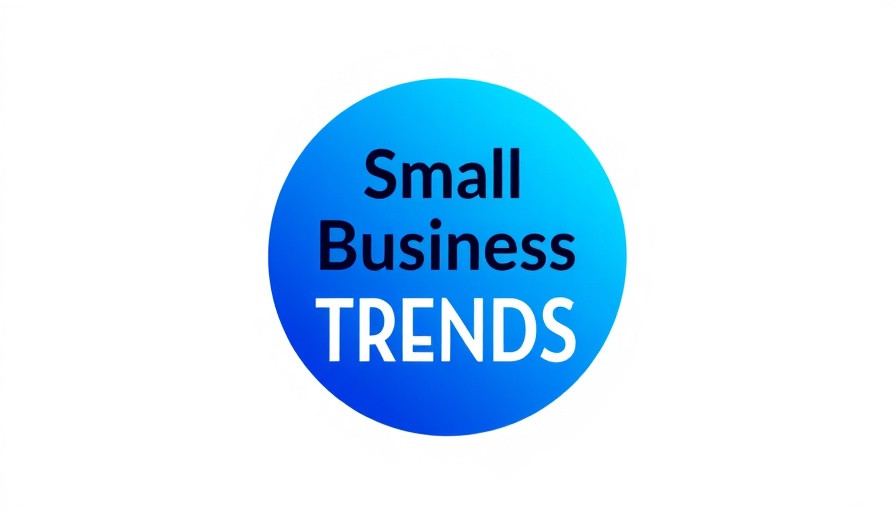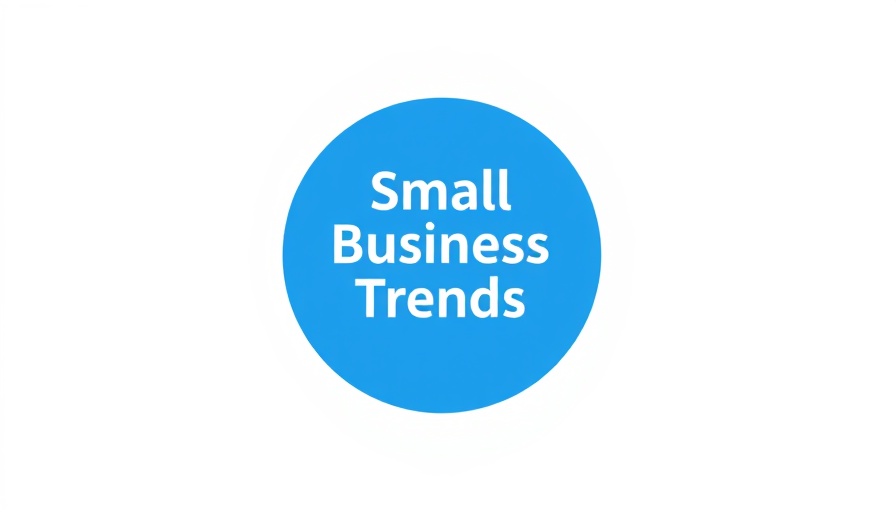
Introducing the D-Link DBR Series: A Game Changer for Small Businesses
D-Link has recently launched its new DBR Series, comprising two routers—the DBR-600-P and DBR-700—and the DBR-X3000-AP smart access point. Designed specifically for small businesses with under 100 users, this new lineup promises high-performance connectivity tailored to the needs of startups, retail environments, and educational facilities.
Meeting the Demand for Secure Network Solutions
As the landscape of work evolves toward more decentralized and hybrid models, the demand for reliable networks has surged. D-Link’s DBR Series addresses this need head-on. With features engineered for easy management and robust security, these devices aim to provide small business owners with peace of mind while ensuring efficient connectivity.
Enterprise-Grade Features in Compact Devices
Both routers in the DBR Series come equipped with high-performance processors and 2.5G WAN/LAN interfaces. This advanced architecture supports low-latency connections, making it ideal for handling multiple high-bandwidth tasks simultaneously. The DBR-600-P supports eight 2.5G PoE+ LAN ports, which simplifies the infrastructure by directly powering devices like IP cameras or access points.
The introduction of the DBR-700 also caters to specific long-distance connectivity needs—essential for setups in hotels or larger retail locations—boasting a 2.5G SFP WAN/LAN fiber port.
Advanced Security Features to Safeguard Operations
As cybersecurity threats continue to evolve, D-Link has integrated comprehensive security protocols within their DBR routers. They support multiple VPN protocols for encrypted remote access, which is crucial for securing sensitive business data. Additional protections include Stateful Packet Inspection (SPI) firewalls, Intrusion Prevention Systems (IPS), and URL filtering—safeguarding businesses from online threats.
Centralized Management Capabilities for Enhanced Usability
What differentiates the DBR Series is its capability to function as a wireless controller, managing multiple access points through a user-friendly web interface. Users can monitor their networks in real-time and make adjustments with heightened visibility.
The DBR-X3000-AP adds another layer, offering Wi-Fi 6 dual-band access. It is designed for high-density environments, boasting speeds up to 3.0 Gbps and features like mesh support and fast roaming—key elements for organizations emphasizing mobile and collaborative work.
Comprehensive Scalability for Future Growth
Understanding that business needs can evolve rapidly, D-Link has engineered the DBR Series to scale efficiently. Organizations can quickly adapt their infrastructure, whether they're expanding into new retail spaces or enhancing connectivity within their educational environments.
This adaptability is also reflected in the system’s installation options, which include ceiling and wall mounts for the smart access point, ensuring seamless integration into existing environments while maintaining aesthetic considerations.
The Craftsmanship Behind D-Link’s DBR Series
Manufactured in Taiwan, D-Link’s commitment to quality craftsmanship is a hallmark feature of the DBR Series. Businesses can trust in the reliability not just of the hardware, but also the integration with Taiwan’s respected technology ecosystem, adding to the value proposition of these products.
Expert Insights and Industry Implications
As we anticipate the impact of AI and automation in the near future, it's crucial to explore how these technologies can be integrated with products like the DBR Series. Adopting AI in network management could enhance monitoring capabilities, offering predictive analytics for troubleshooting and improving overall network performance. For small businesses, understanding and leveraging such technologies will be essential for maintaining a competitive edge. Additionally, the rise of AI marketing strategies can help businesses engage their customers more effectively, guided by data-driven insights.
Final Thoughts: Is Your Small Business Ready for the DBR Series?
The launch of D-Link’s DBR Series signals an important shift in how small businesses can approach their networking needs in an increasingly digital world. With its combination of performance, security, and manageability, the DBR Series could reshape connectivity strategies for many.
If you're part of the technical and entrepreneurial community, consider exploring these products to enhance your business environment. As we continue to navigate the digital transformation landscape, having reliable network solutions will be critical for success.



Write A Comment